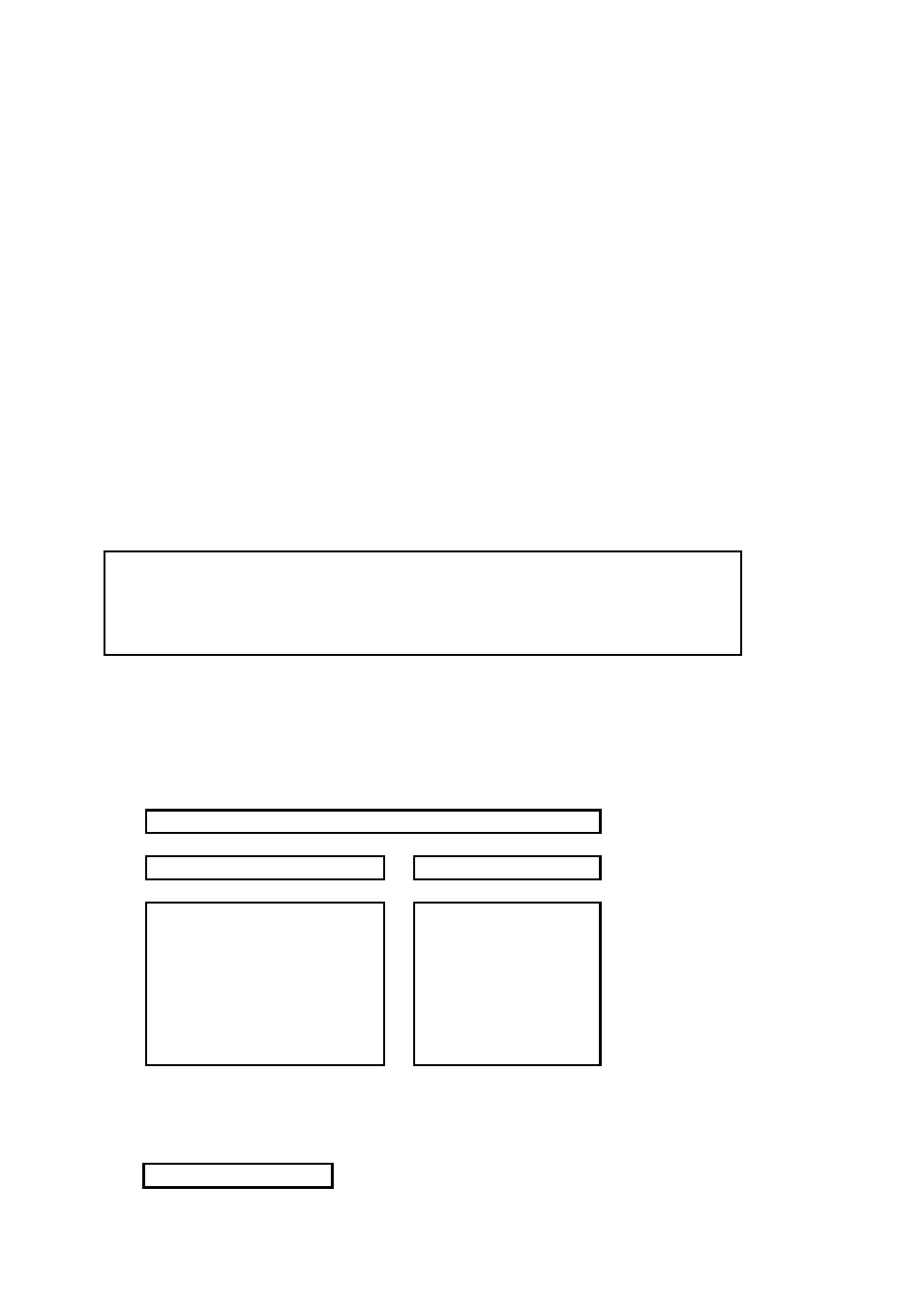2 saturation test, 3 evaluation – K-Patents SeedMaster 2 User Manual
Page 92

12 APPENDECES
92
92
12.2.2 Saturation test
A) Use increasing amounts of icing sugar and during continuous mixing add them to the samples. The weight of
sugar to add should be a little more than enough to saturate the sample. Having added the sugar, close the
sample containers carefully and put them in a common temperature controlled bath, where they should be kept at
constant temperature and well mixed for several hours.
Select the temperature of the bath to equal for example 60 C. The actual value is not critical, it can be in the 40-
70 C range, but it should be kept constant by a temperature controller at its set-point.
B) Saturation of the samples with sugar needs good mixing and even so may take several hours. It can be
regarded as complete when the change in the concentration of the sample liquid becomes negligible.
12.2.3 Evaluation
A) When the saturation test is complete, remove undissolved crystal sugar from the samples and determine
concentration, sugar content and purity data for each sample in the laboratory.
Calculate the S/W (sugar to water) ratio for each sample and by using the pure sugar solubility data valid for the
selected sample temperature calculate the solubility coefficient for the samples.
SOL. Q
S/W = ------------- (g sugar/100 g water)
(100 -Q)
Use look-up tables (collected by Grut, or Vavrinecz) to get data valid for pure sugar solubility at the selected
saturation temperature. For completeness some of these data are presented here:
Sugar solubility data (g/100 g water) for pure solutions according to Grut and Vavrinecz:
Temperature (C)
Grut (SG)
Vavrinecz (SV)
50
262.0
258.63
55
277.0
272.81
60
293.0
288.56
65
311.0
305.96
70
331.0
325.15
S/W S/W
SAT. COEFF. = --------- , OR SAT. COEFF. = ----------
SV
SG
EXAMPLE (continued) :
(In this example SV is being used).
MEASURED AND CALCULATED DATA AT SATURATION :
SOL (%)
S (%)
Q (%)
S/W
SAT.COEFF.
1
83,71
54,00
64,51
331,49
1,149
2
82,50
54,70
66,30
312,57
1,083
3
80,50
57,46
71,38
294,67
1,021
4
79,30
59,20
74,65
285,99
0,991
5
77,90
62,20
79,85
281,45
0,975
6
76,20
66,30
87,01
278,57
0,965
7
75,10
70,10
93,34
281,53
0,976
8
1,000
B) Calculate the final nonsugar to water ratios (NS/W)** of the samples based on the laboratory data, then draw
the Saturation Coefficient versus (NS/W)** chart using Excel.
EXAMPLE (continued):
(NS/W)**
SAT.COEFF.